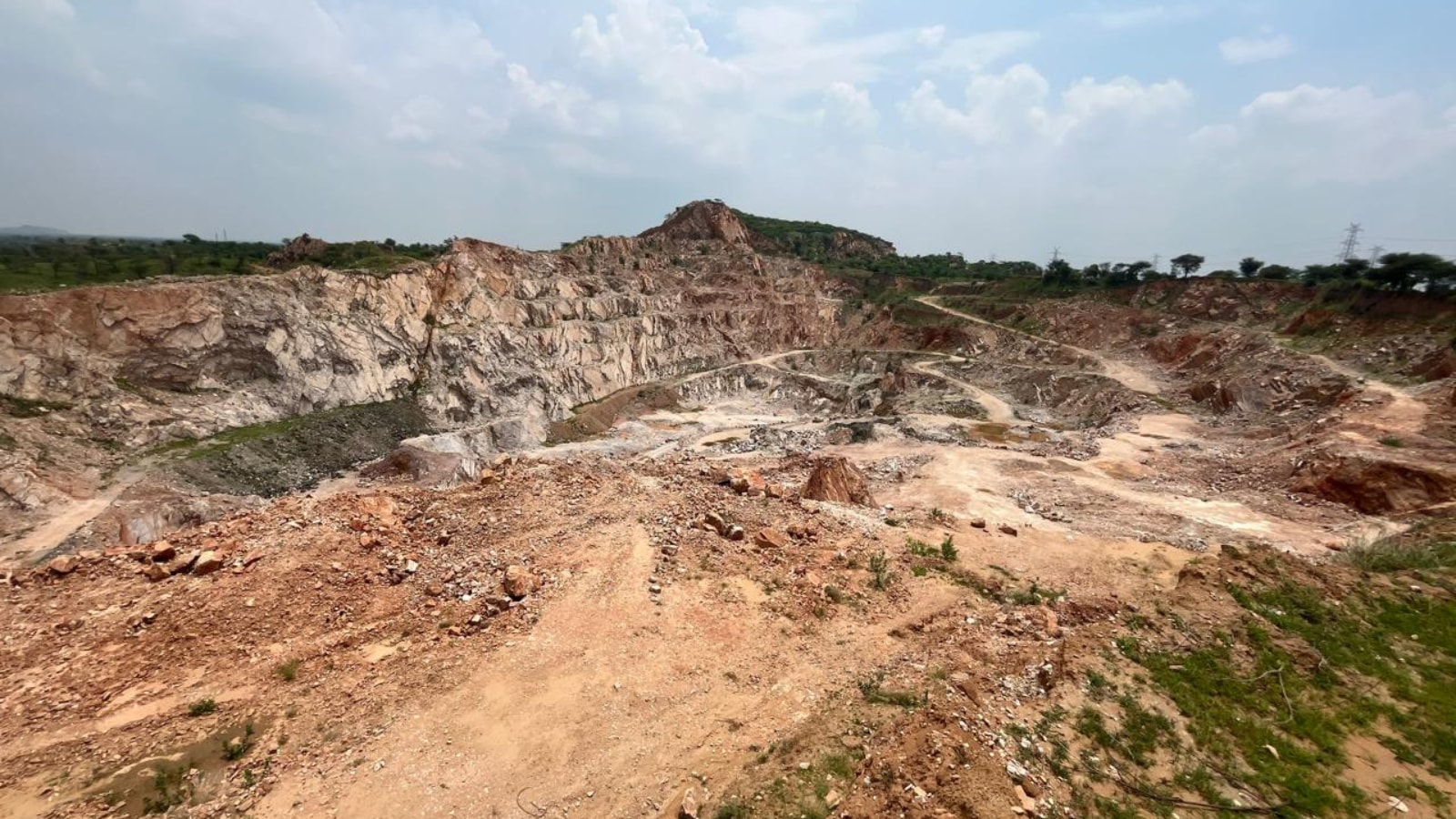Home / Environment / Aravalli Hills Definition Sparks Environmental Crisis Fears
Aravalli Hills Definition Sparks Environmental Crisis Fears
22 Nov
Summary
- Supreme Court accepted a new definition for Aravalli Hills based on elevation.
- Environmentalists fear this definition excludes hills below 100 metres, enabling mining.
- The ruling impacts groundwater, biodiversity, and air quality in North India.

The Supreme Court's recent order adopting a uniform, elevation-based definition for the Aravalli Hills has drawn sharp criticism from environmental and water conservation experts. The new definition considers landforms with an elevation of 100 meters or more from local relief as part of the Aravali Hills, with ranges formed by hills within 500 meters of each other.
Activists express deep concern that this criterion excludes hills below the 100-meter threshold, jeopardizing their protection and potentially opening them to mining activities. This exclusion is feared to fragment the ancient mountain range, exacerbating the advance of desert dust towards densely populated areas like Haryana and Delhi-NCR, and threatening critical ecosystems.
The ecological repercussions are significant, with warnings of reduced natural forest cover, disrupted local rainfall patterns, increased heat stress, and choked air quality in the National Capital Region. Experts also highlight the impact on vital groundwater recharge zones and the potential for intensified human-wildlife conflict due to habitat shrinkage.




